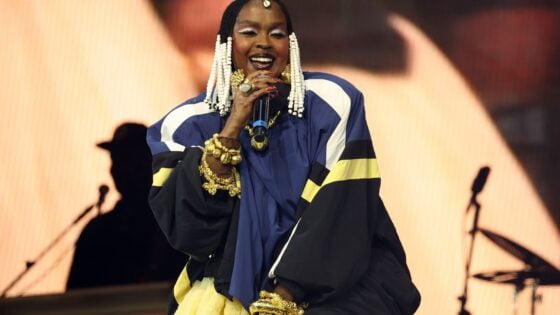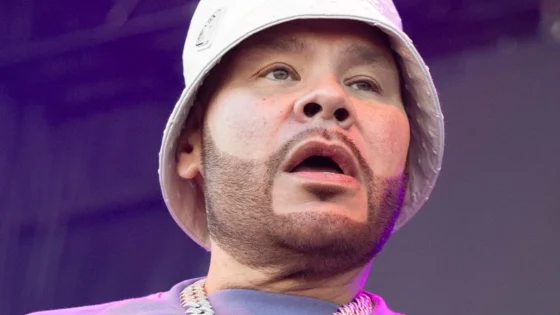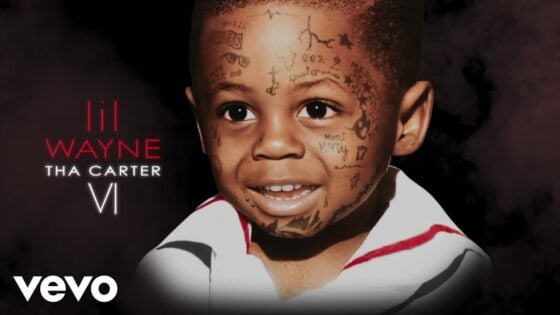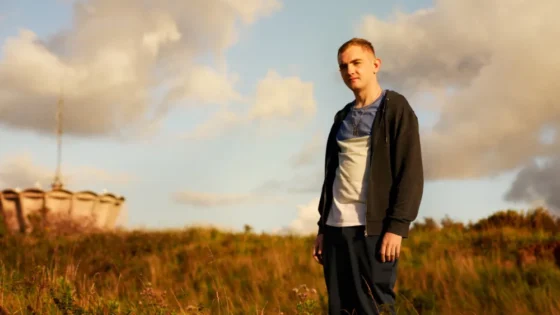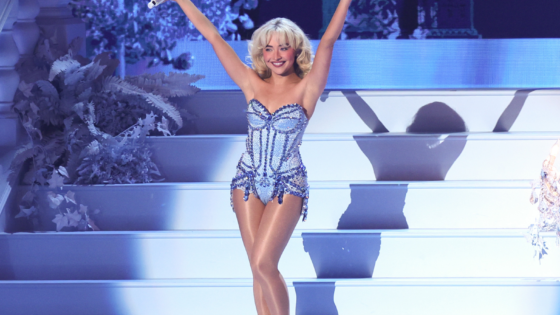A Brief History of Hannibal the Cannibal
Doctor Hannibal Lecter was first introduced in the 1981 novel Red Dragon followed by The Silence of the Lambs and Hannibal. Red Dragon has been adapted twice to the big screen, the first was Manhunter, which features Brian Cox as “Lecktor,” and later in 1991, Anthony Hopkins won an Academy Award for his portrayal of the character in The Silence of the Lambs. He would reprise the role in Hannibal in 2001 and in the second adaptation of Red Dragon made in 2002. A couple of decades after the release of Silence of the Lambs, but only a few years after Hannibal Rising, series creator Bryan Fuller took a stab at telling his own story about the renowned psychiatrist and cannibalistic serial killer. Is was a bold new experiment as NBC’s Hannibal introduced the series with a rather promising episode titled “Apéritif,” and quite possibly the best pilot NBC premiered in a very, very long time. Truth be told, Hannibal is downright terrific and in the recent wave of serial killer dramas, it remains one of the very best.

The Pilot
Hannibal is best described as a procedural; wisely moving away from the “new villain of the week” trap, it instead begins where most procedurals end and explores the psychological underbelly of the monster at hand. Fuller wisely keeps his focus on the two characters at the centre of the series as we follow the early relationship between the Dr. Hannibal Lecter (Mads Mikkelsen) and a young FBI criminal profiler named Will Graham (Hugh Dancy), who is haunted by his capacity to empathize with the emotions of the serial killers he hunts down. Hannibal focuses on the forensic work carried out by the FBI to track down the killer and shows the long-term effects that cases like this have on Graham, highlighting the similarities between him and his chase. So on the most basic level, Hannibal is a crime procedural – but unlike anything you’ve seen on television – blending the horror and detective genres to emotionally shocking effect. Whereas a show like The Following is plagued with a facile, nihilistic plot, Hannibal digs deep within the minds of both Hector and Graham, attempting to understand what makes them both tick. The show’s principal attraction stems not from the thrill of the hunt, but from the mesmerizing skull sessions between the two disciples of psychology. The best scenes, of which there are many, involve nothing more than two men psychoanalyzing one another. This new venture into this character’s psyche is sharp and daunting, and the relationship presented between the two is more than reason to keep watching. Through well-thought-out writing, clever storytelling devices, and a solid cast, Hannibal is jammed with moments of dread and high-velocity acting.


“Apéritif,” a smart, taut thriller and NBC’s best pilot in years
Despite the title, Hannibal Lecter is actually a supporting player here. In fact, Hannibal himself doesn’t appear until the halfway mark. Unlike Bates Motel, Hannibal is really about Will Graham and showrunner Byran Fuller slightly makes changes to his protagonist from that of the original source material. Here Graham keeps company with stray dogs he rescues from the streets and lives alone. He’s a social outcast and it’s clear that he is haunted by traumatic events from his past, not to mention his uncanny gift to reconstruct the killings he’s trying to solve. Feeding on emotions such as fear, anger, and frustration, Graham is an emotional sponge, hyper-attuned to others, especially those suffering from similar pain – his empathy seems drawn in by hot-button issues that are unresolved within himself.
Right from the opening frames, we’re transported into the visceral viewpoint of Dancy’s Will Graham as he pieces together a crime scene in a gripping manner. Taking on the role of the killer himself, we watch Graham brutally commit acts of violence. The perverse and straitjacket structure of the sequences does not hold back as the crimes occur and reoccur in his point of mind with operatic refinement and bloody savagery. Dancy is something of a revelation as this version of Graham ultimately defies classification. The show spends so much time in Will’s point of view the actor is required to express his emotions, mostly without words, and his enthralling portrayal of Detective Graham is always riveting.

The pilot which is directed by David Slade (30 Days of Night), and shot by cinematographer Guillermo Navarro (Pan’s Labyrinth), is a visual treat that impresses as a skillfully assembled and highly polished adaptation. Slade creates a brooding atmosphere while avoiding flashy cuts and builds most of the tension settling on silence and tightly constructed sound design over a soundtrack and score.
“Aperitif” is a beautifully executed television pilot anchored by several great performances, a tight script and a few callbacks to classic horror films of the past. Notice the episode’s highlight; a confrontation between Graham and Crawford which takes place in a red bathroom, is clearly a nod to The Shining.
– Ricky D



